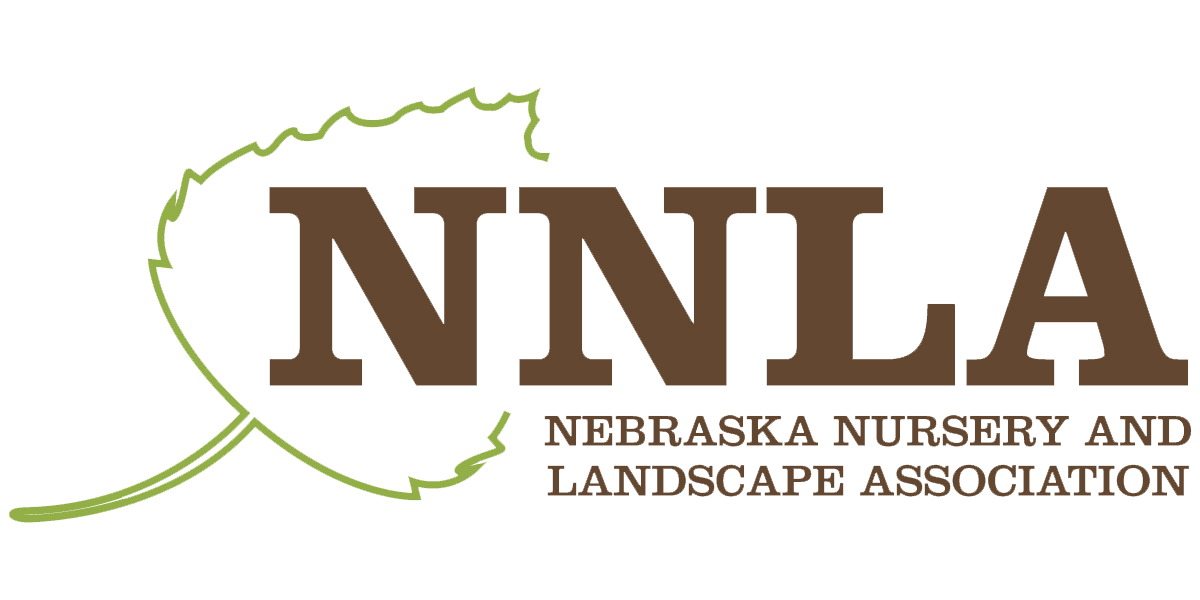Five Tips to Make Your DIY Landscape Look Pro
BENEFICIAL LANDSCAPES COLUMN FROM THE NEBRASKA STATEWIDE ARBORETUM
Want to give your home landscape the professional touch without hiring out? Here are some pointers that can help your yard become a neighborhood favorite. And if you’d rather opt for handing all or some of the work over to a pro, selecting a gardener rather than a lawn specialist might give the best results.
Don’t crowd the house. Few sights make this designer’s brow curl like an 18-inch planting strip between the house and the lawn. Give your beds some breathing room by laying them out with a few feet of clearance on either side of the biggest plants. This guideline should typically result in landscape planting areas that are a minimum of 5 feet wide, with smaller plants placed in front of larger ones to help smooth the visual transition from wall to lawn. Such a practice doesn’t just put the eyes at ease, it allows for building access behind plantings, reduces the need for clipping and prevents chronic mowing conflicts.
Think twice before running for a dwarf shrub. There is a bounty of beautiful, long-lived herbaceous perennials that reach the same 3-foot size class as many dwarf shrubs, and in half the time for a third of the price. Be sure to space them far enough, usually 2-3 feet apart, so they can fill out for a shrubby look. Some fine examples for sun: bluestar, baptisia, New Jersey tea, aromatic aster, mountainmint. For part-sun: Saint John’s wort, smooth hydrangea. For shade: black cohosh, goatsbeard, hardy fern. For wet: hardy hibiscus, Fireworks goldenrod, Little Joe pye flower.
Grow plants, not mulch. When visiting award-winning landscapes in their prime, you might notice the striking textural contrasts in leaves and seedheads or the pleasing color combinations among flowers and foliage. What you usually don’t see is the mulch in between. If a summer photo of your flower bed shows as much “woodchip brown” as “leafy green,” it’s time to ditch the trimmers and pack in some more plants.
Plant things that will get bigger than you. For many, the most remarkable landscapes tend to be the most immersive, which is another way of saying that our favorite gardens are the ones that make us feel smaller. So, no matter the size of your landscape, allow some vertical layering through the incorporation of at least a few larger shrubs and trees. Just make sure to place them far enough away from roofs and walkways to avoid conflicts.
Embrace DIY fails. Plants are mysterious and the path to a green thumb is never straight. Give yourself grace when things don’t grow the way you thought they would, as well as time to learn from the unexpected. We assure you, do-it-yourself gardening is a journey worth taking, even when it feels like the whole block is watching. To lessen the sting, share your commiserations with a circle of friends in the same boat—and celebrate successes together, too.
Rachel Anderson, Community Landscape Specialist & Designer, plantnebraska.org


